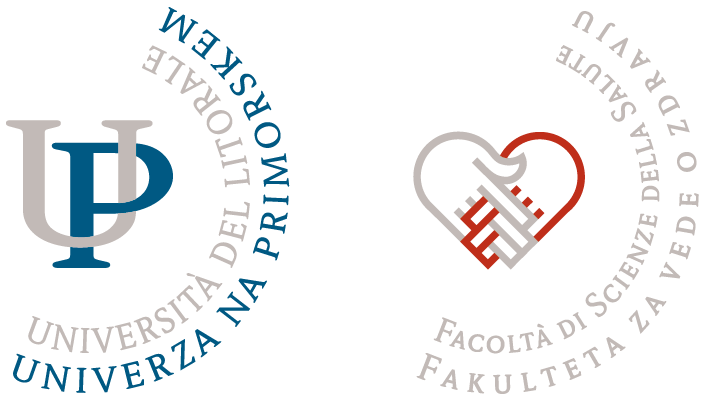Content
- Lectures: 30 hours
- Exercises 30 hours
- Independent work: 50 hours
Subject carrier
Description
Students obtain knowledge in the following areas:
Basic and advanced resuscitation procedures:
– basic and advanced resuscitation procedures in adults,
– basic and advanced resuscitation procedures in children,
– reversible causes of cardiac arrest
Emergencies in internal medicine and neurology:
– sudden severe chest pain and acute coronary syndrome,
– heart failure, pulmonary edema and pulmonary embolism,
– acute cardiac dysrhythmia,
– hypotension and shock,
– asthma and anaphylaxis
– acute stroke,
– status epilepticus,
– acute poisoning,
– emergencies in children
Supply of injured in the prehospital environment:
– head injuries,
– chest trauma,
– abdomen injuries,
– musculoskeletal injuries and spine damages,
– thermal injuries,
– specifics of injuries of child and during pregnancy,
Health care in emergency situations
– Natural disasters, technological and man-made disasters, war and terrorism.
– Forces for protection and rescue in the system of protection against natural and other disasters (civil protection, organization and functioning of health services in emergency situations, supply of deprived and affected populations)
– Classification systems in mass accidents
– Basic hygiene-technical measures in response to natural and other disasters, NBC protection
In laboratory tutorials in the simulation classroom students have to learn appropriate cardiopulmonary resuscitation on mannequin, learn the primary care of wounds, basics of immobilisation and transportation positions.

